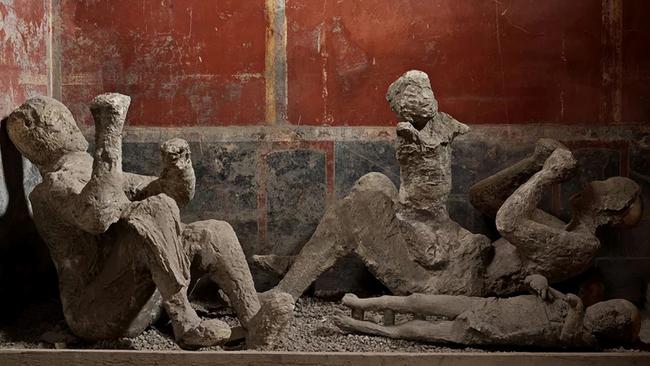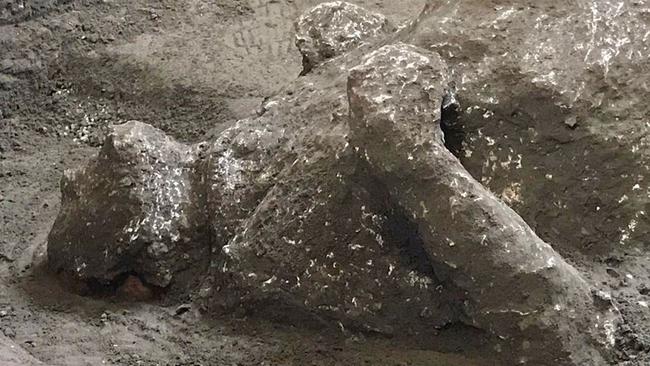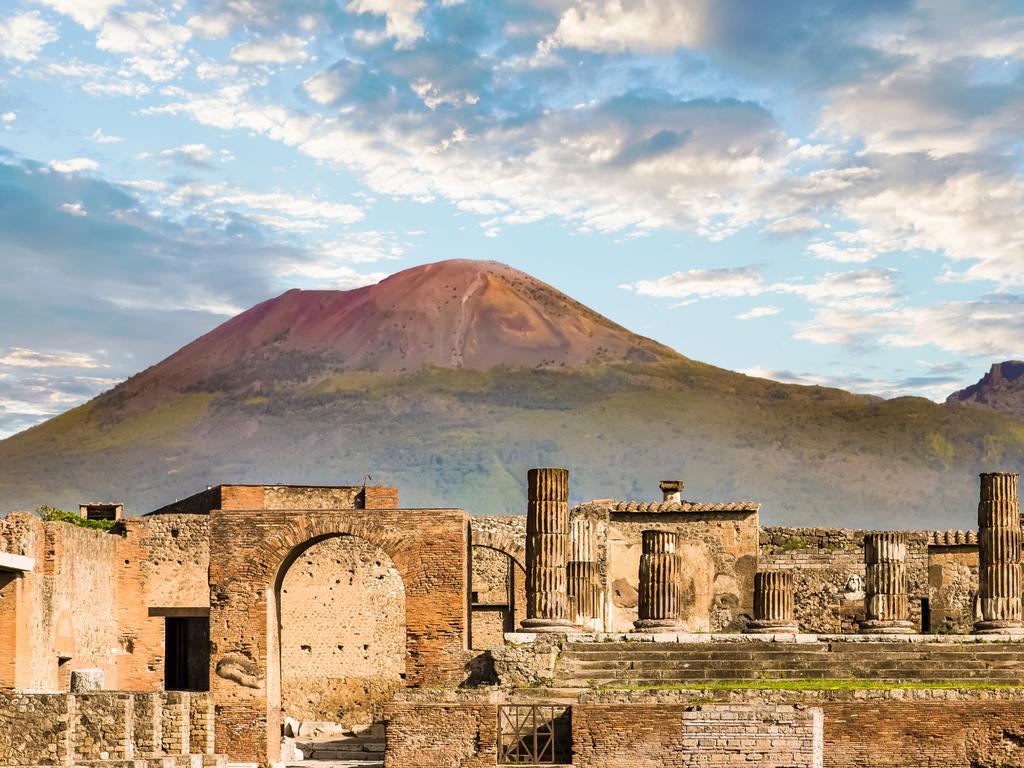They died together at Pompeii. Archaeologists got their stories wrong.
Jewellery, homes and other clues hinted at relationships between those who perished. DNA reveals something different.

Those four weren’t a family. That pair wasn’t a mother and daughter. And perhaps none of the other narratives meant to illuminate who perished together in the ancient eruption of Mount Vesuvius are correct, according to new DNA analysis of skeletal remains.
When the residents of Pompeii died in a shower of hot ash and rocks erupting from Vesuvius in 79AD, the volcanic material enveloped them and their vibrant city in a pyroclastic shroud.
Archaeologists uncovering the singularly preserved site in past centuries assembled stories about its residents, drawing clues from the jewellery they wore and the rooms and company in which they were found.
Now analyses of DNA extracted from the bones and teeth of 14 Pompeii residents by an international team of scientists are challenging these theories.
In one narrative, four people found in a richly decorated three-story home, dubbed the “House of the golden bracelet”, were assumed to have been a family, including two children.
The heavy gold bangle on one of the individuals, believed to be the mother, gave the site its name.
Recent DNA analysis has revealed that all of the residents were male, and three weren’t genetically related.
The DNA of the fourth person was degraded too far to rule out a link through the paternal line.
“All we can say is that that particular scenario was not true,” said Alissa Mittnik, a geneticist who works on ancient DNA at the Max Planck Institute for Evolutionary Anthropology in Leipzig, Germany, and was part of the research team.

The team’s results were published in the journal Current Biology in November.
In the garden of another house, nine people died, two of whom perished in what looks like an embrace.
The theory was that they were sisters, a mother and daughter or lovers, when they were first found by archaeologists.
Dr Mittnik and the team’s genetic analysis revealed that one of these individuals was a man.
The DNA of the other victim was degraded too far to reveal that person’s sex, or whether the embracing couple were genetically related.
Ancient DNA can reveal such details as the ancestry, sex and age of a long-dead person, but the biological material degrades over time.
In Pompeii, the DNA could have been further damaged by the hot conditions that led to the city’s demise.
Given these challenges, “the authors did an excellent job retrieving genetic information, providing valuable insights into certain aspects of Pompeian individuals,” said Gabriele Scorrano, a molecular anthropologist at the University of Rome Tor Vergata who wasn’t involved with the work but was part of a team that sequenced the genome of a person who died in Pompeii.
Dr Mittnik hesitated to provide alternative theories about the people they studied.
“I think the very exciting aspect was just to be able to get DNA from there,” she said.
“We really weren’t sure that that would be a possibility.”
The Wall Street Journal




